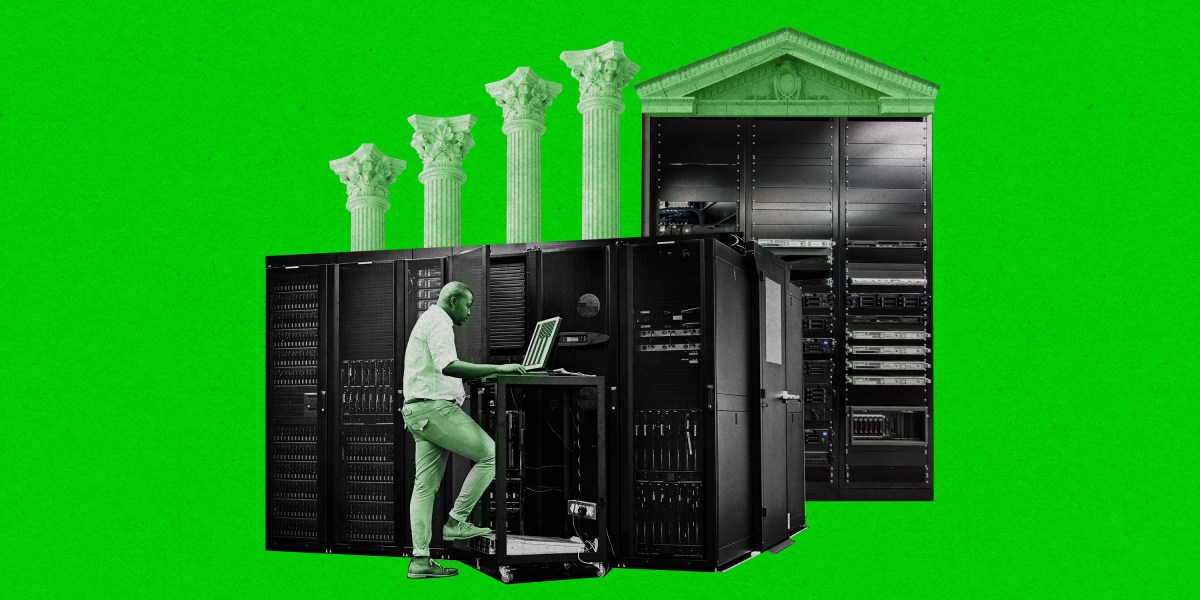Texture makes a bid to become the world’s go-to platform of the energy transition | TechCrunch
Platform is a word that gets tossed around a lot in technology circles, so much so that it’s often misused. But here’s the basic business school definition: a platform is a company or business model that creates more value for participants than it captures for itself.
Consider that some of the most successful companies in tech have helped other businesses make more money in aggregate than they make for themselves. A couple decades ago, Microsoft made lots of money facilitating the PC revolution. More recently, Apple said that developers which used its App Store generated $1.1 trillion in sales in 2022, nearly triple what the company made itself that year.
Serial startup veteran Sanjiv Sanghavi, who has logged experience as the co-founder of ClassPass and chief product officer at Arcadia, thinks it’s high time the energy transition birthed its equivalent. In fact, he spent years as a venture partner at Day One Ventures looking in vain to invest in such a company. “So I decided to go and build it,” he told TechCrunch.
Sanghavi’s newest company, Texture, seeks to become a common data collection and sharing platform for renewable power sources like wind, solar, and batteries. “We’ve done a really exceptional job of distributing hardware over the energy grid in the last decade. Making solar affordable, making batteries affordable, getting EVs out there,” he said. Each solar array or battery installation doesn’t have the power to bring clean, affordable power to the grid on its own. In aggregate, though, they have a much better chance at displacing fossil fuels.
But many of those systems come from different manufacturers, making basic communication between them challenging, let alone anything that looks like interoperability. “If there’s a lack of standards, there’s a lot of walled gardens being built,” Sanghavi said. “Our view is that Texture can provide the technology stack that should accelerate everybody on top of it.”
The company is incorporating data directly from the equipment itself. When manufacturers have APIs available, it connects with those directly, similar to how Plaid connects with banks. For those that don’t, it will work to build the necessary software to make the connections possible. Battery manufacturers, for example, may not prefer to maintain an API themselves since it’s not one of their core competencies.
In other cases, where a solution already exists, it works with a third party. “One of the tenets of Texture really is not to rebuild everything. There are companies out there that are tracking electricity usage, grid status, and their meter data, tariff data,” Sanghavi said. “Why don’t we work together?”
On the other end of the equation, target customers for Texture’s product include installers, who might sell monitoring and maintenance plans, and virtual power plant operators, who would benefit from being able to include batteries from a range of manufacturers. By having more data, each of these would be able to sell more of their product. Texture charges customers by how many megawatts they have under management.
The company recently raised a $7.5 million seed round from Abstract Ventures, Day One Ventures, Equal Ventures, Lerer Hippeau, and a handful of angels, including Kiran Bhatraju, CEO of Arcadia. It plans to use this money to further develop and test the product with the first set of customers.
Not every supplier has opened their products to Texture yet, but Sanghavi is obviously hoping they will. Sure, they could charge for API access now, he said, but he thinks Texture’s pitch to them will resonate: “If you play as part of the ecosystem, you expand the market an exponential amount of times. Even if your market share remains the same, your business becomes five times bigger.” If Texture succeeds in deriving on that promise to customers, then it will truly be a platform for the energy transition.




